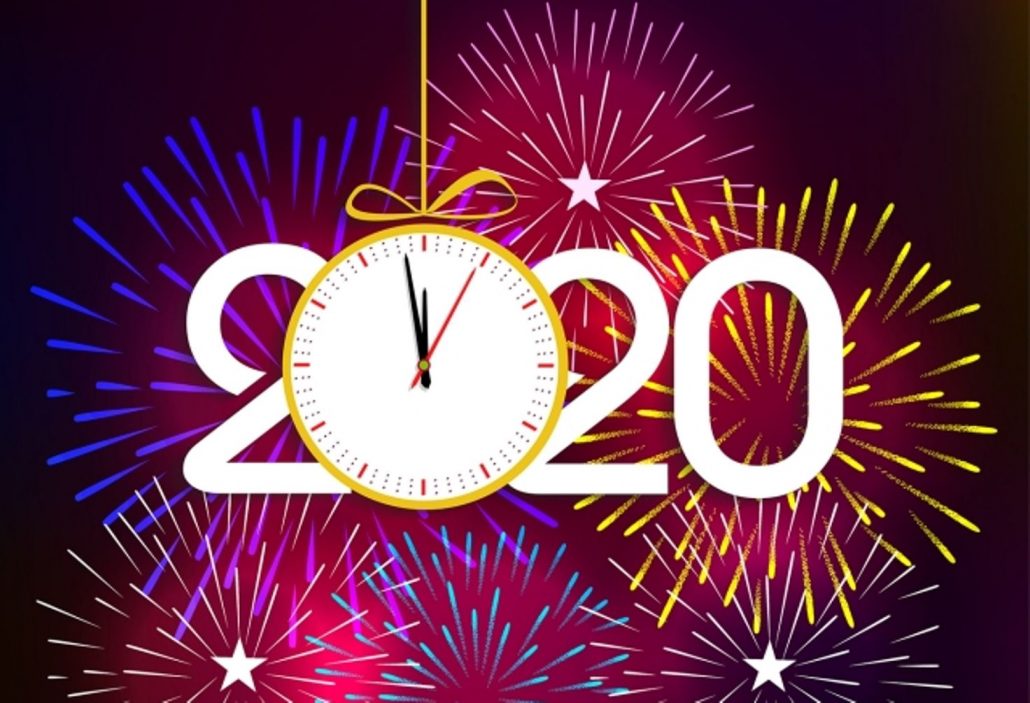Lunar calendar 2019 (phases of the moon and its effect on humans)
The moon has always attracted the gaze of man. Legends were composed about her, as well as about the Sun, she was worshiped. Thousands of years ago, people drew attention to the fact that this star was able to influence our life with you. Watching the moon, it became clear that the reason for this is the change in the lunar phases. As a result, ebbs and flows occur, the growth rate of plants, the physical and psychological state of a person, and even the world currency indices change. Therefore, so that everything you have done always gives a positive result, astrologers advise you to pay attention to the lunar calendar and the specific phase of the moon.
Features of the moon and its impact on the Earth
Scientists have proven that the moon rotates around our planet in an oval orbit. The full rotation period is 27.3 days. That is why the lunar calendar consists of 29 days. It is also established that the lunar orbit is a spinning spiral.
In its structure, this moon consists of a core and several layers of the mantle. On the surface of this planet is loose soil, which has the name regolith, characterized by low reflectivity. By its color, the celestial satellite of the Earth is uniformly yellow with small spots. But sometimes it becomes ashen gray.
Watching the luminary, people learned to distinguish between weeks and months, which became the basis of the lunar calendar. When changing phases, a person is able to feel the changes in his body.
Moon phases and their impact on humans
From the Earth we can see only that part of the Moon that is currently illuminated by the Sun. On some days, this planet is represented by a small curved strip. At the same time, astrologers talk about the new moon. And sometimes, during the full moon, we are able to see a bright circle in the sky. It is such a consecutive change of the surfaces of the Moon visible from the Earth that is called the lunar cycle of phases. There are 4 main and 4 intermediate phases.
In total, the lunar calendar has 29 days. The 1st phase of the luminary passes exactly in 7 days. Each of these phases has its own name and some distinctive features that can affect our well-being:
- A characteristic feature for the new moon can be called the fact that the luminary itself from the Earth is not visible at all. At this time, people are capable of experiencing a breakdown and irritability. Therefore, it is not recommended to start any new business or make responsible decisions at the new moon.
- During the first phase, the moon appears in the sky and is a "sickle". This time is considered favorable for the implementation of various tasks and the beginning of new projects.
- During the second phase, we see exactly half the planet. At this time, people often experience overwork and deterioration of their physical condition.
- The full moon is the period when in the sky we see a bright luminous circle. For a person, this is a time of increased physical and psychoemotional activity. Right now, forces may appear to fulfill responsible tasks, and all matters are easily debated.
- During the third phase, the lunar disk gradually decreases in size. If a person before this time managed to accumulate enough strength and energy, but when the moon goes into decline, he will feel great. If not, then apathy and decreased performance are possible.
- During the waning of the moon, experts advise a person to pay maximum attention to himself. This period is favorable for various procedures and recreational activities.
- With the beginning of the fourth phase, only a small curved strip is again visible in the sky. The period is favorable for the completion of the initiated work and philosophical reflection.
- When the luminary becomes “old” we become emotionally unstable and very susceptible to any external stimuli.
During the new moon or full moon, a super moon is possible. This is the name of the period when the luminary comes closest to our planet. Another unusual phenomenon is the lunar eclipse. At this time, a shadow falls on the surface of the Blue Planet. If it completely covers the disk, then the eclipse is called complete. If only part - partial.
Determining the moon is growing at the moment or decreasing is quite simple. To do this, bring the wand to the non-circular side of the star. If after that you see a sign that resembles the letter "p", then at the moment the moon is growing, if it turns out "y" is decreasing. However, for those located at the equator, this method is not suitable, since in these areas the satellite is always on its side. And if you look at the sky from the Southern Hemisphere, you need to remember that here the Moon is facing the other way, so this rule works the other way around.
Moon phases in 2019
The first lunar calendar was created by the ancient Egyptians as early as 6 thousand years ago, long before people came up with the familiar solar. The modern lunar calendar is created on the basis of thousands of years of experience accumulated by mankind, taking into account the facts that became known with the development of the science of astronomy.
Even ancient people noted the effect on man and the nature of the heavenly body, depending on his condition. Therefore, they planned all their affairs precisely on such a calendar.
In 2019, the New Moon can be observed:
- 6th January;
- February 5th;
- March, 6;
- 5th of April;
- 5 May;
- June 3;
- July 2;
- August 1;
- August 30;
- September 28;
- 28 of October;
- November 26;
- December 26th.
The first phase will begin:
- January 14;
- February 13;
- March 14th;
- April 12th;
- 12 May;
- June 10th;
- July 9;
- August 7;
- 6 September;
- October 5;
- November 4;
- December 4th
The full moon will happen:
- January 21;
- February 19;
- March 21;
- April 19;
- May 19;
- June 17;
- July 17th;
- August 15;
- September 14th;
- October 14;
- November 12th;
- 12 December.
Third quarter period in 2019:
- 28 January;
- February 26;
- March 28;
- April 27;
- 26 of May;
- June 25th;
- July 25
- August 23;
- September 22nd;
- October 21;
- 20 November;
- December 19th.
Focusing on these dates, you can plan medical and cosmetic procedures, trips, work, paperwork, shopping, agricultural work and other important matters.






















To answer
Want to join the discussion?Feel free to contribute!